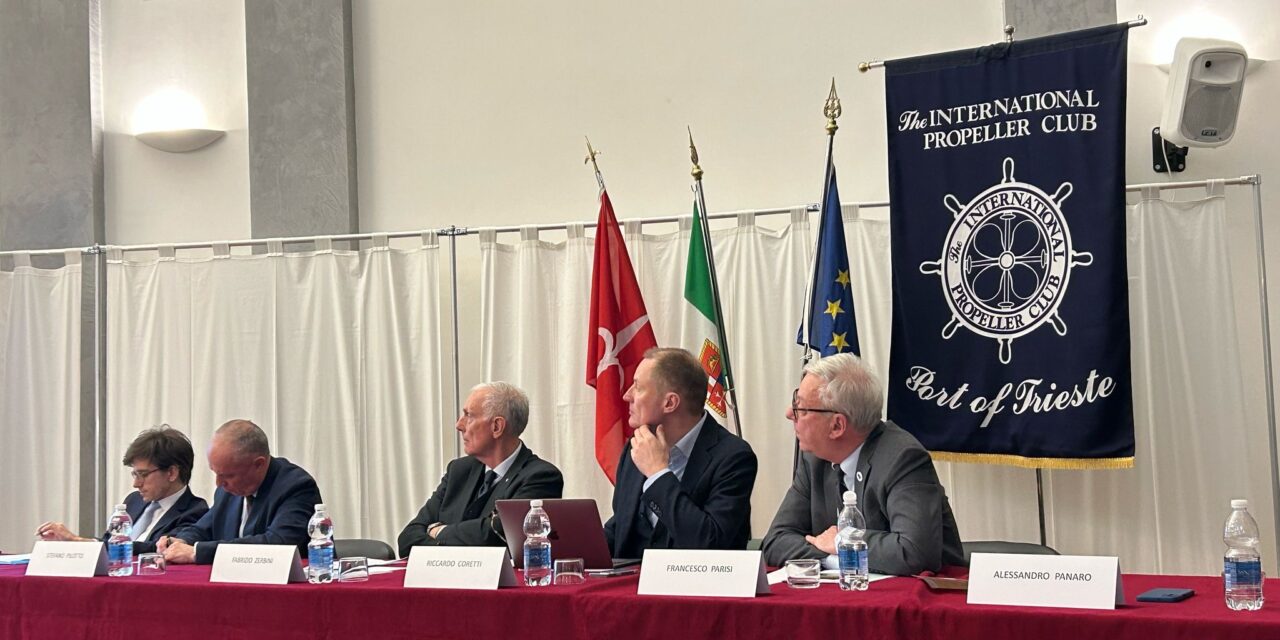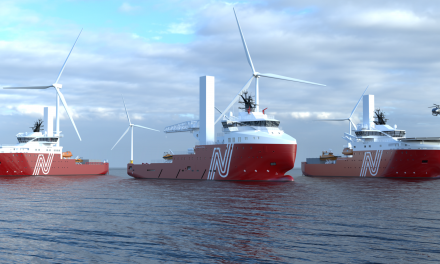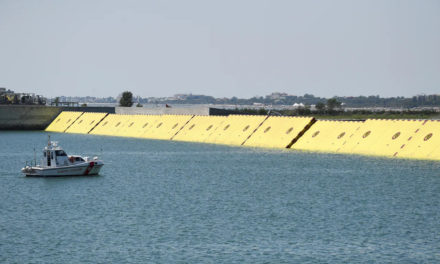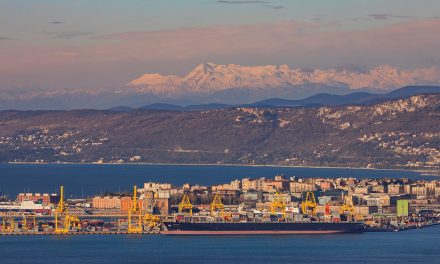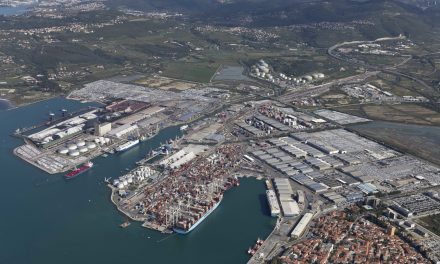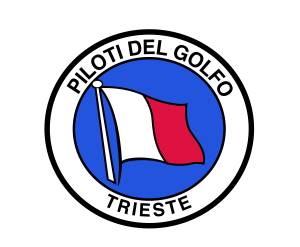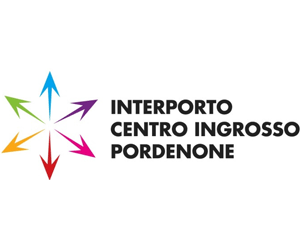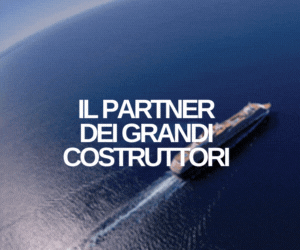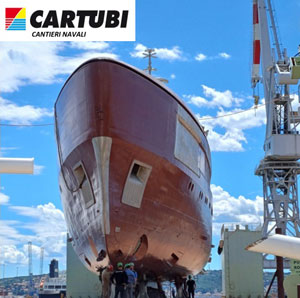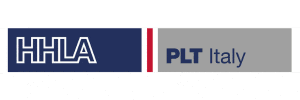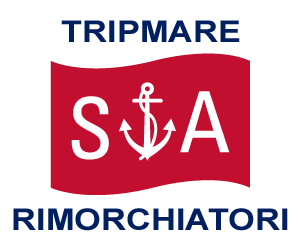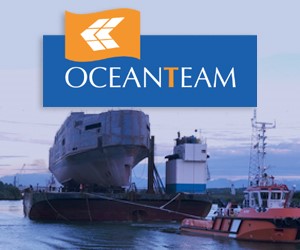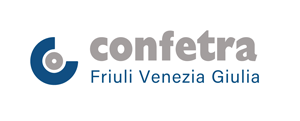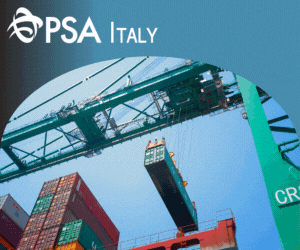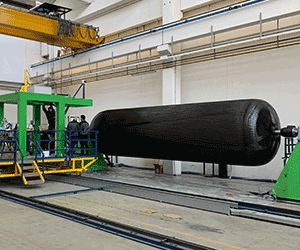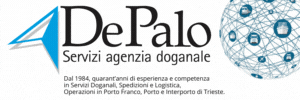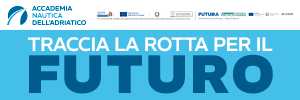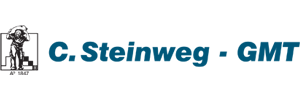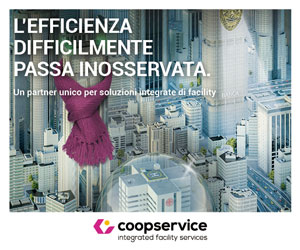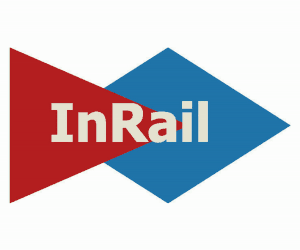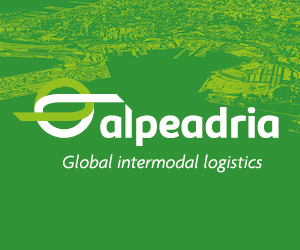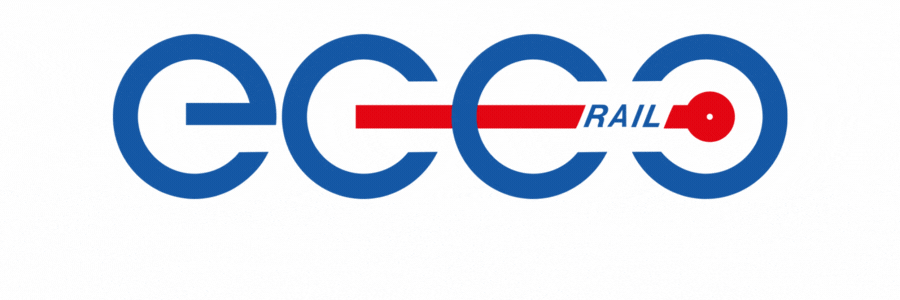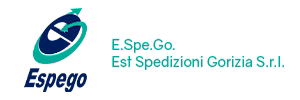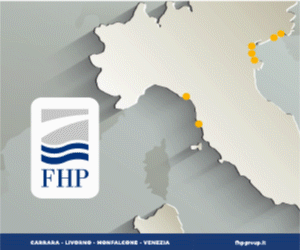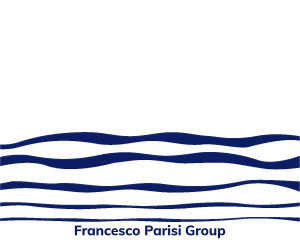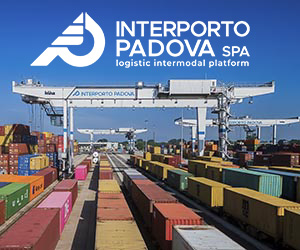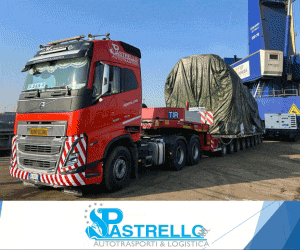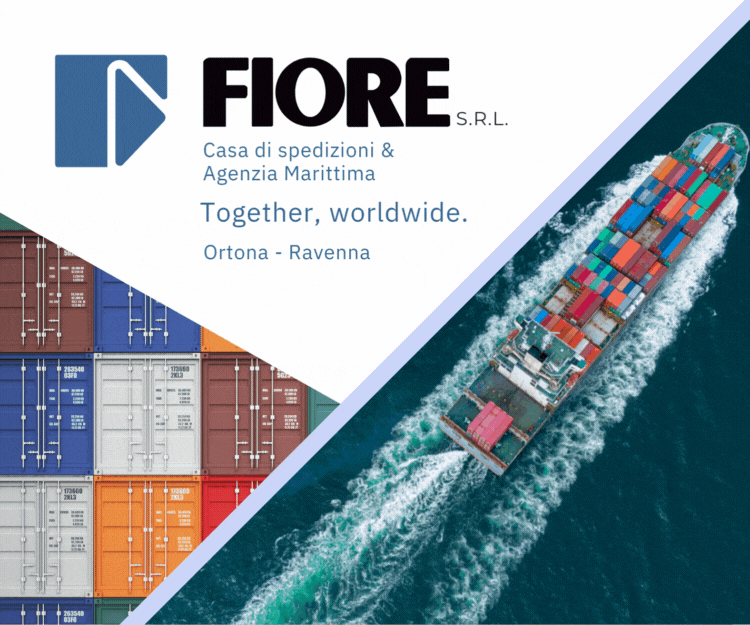TRIESTE – Economic sustainability, current traffic flows, and the advantages and challenges of the future corridor between India and the Mediterranean were the focus of discussions yesterday at the Propeller Club of Trieste, where researchers and academics spoke alongside Francesco Parisi, president of Trieste Summit, the newly established association uniting stakeholders in support of IMEC (India-Middle East-Europe Economic Corridor).
The project envisions an initial maritime segment, a landing point in Saudi Arabia, a rail stretch to Israeli ports, and from there, another sea leg to the Port of Trieste, which offers rail connections to reach all of Eastern Europe and much of Southern Europe.
The economic sustainability and instability in certain regions were highlighted as major challenges. However, these could be overcome — as explained by Stefano Pilotto (professor of International Relations History at MIB Trieste School of Management) and Alessandro Gili (researcher at ISPI – Italian Institute for International Political Studies) — thanks to the commitment of Saudi Arabia and the U.S. to advancing the Abraham Accords, as well as the Arab country’s ambition to reinvent itself as a logistics hub in anticipation of declining oil revenues.
A free trade agreement with India — it was noted — would be a decisive factor in the success of the new route, which nonetheless requires, from the outset, an official government-appointed representative to monitor its development, as has already been done by France and Greece.
Alessandro Panaro, Head of the Transport and Logistics Department at SRM (Intesa Sanpaolo Group), analyzed current traffic flows along the route, pointing out that there are currently no significant connections between Italy and India. This, however, is an additional reason to make the corridor an appealing initiative, even if not all Indian ports are key players in the container sector.
Traffic volumes are increasing, and forecasts show India’s GDP growing steadily above 6% at least through 2028, which supports a positive outlook. So do the advantages listed by Panaro: new access to the Mediterranean as an alternative to Suez, development of new terminals with related infrastructure investment, and opportunities for cables, pipelines, and underwater connections.
The IMEC project, launched in 2023 with the signing of a memorandum of understanding in New Delhi on the sidelines of the G20 summit, counts among its signatories India, the EU, the United States, the United Arab Emirates, Saudi Arabia, France, Germany, and Italy.
In Trieste, the Trieste Summit association has begun to gather broad support, led by Francesco Parisi, who also heads the well-known freight forwarding company.
“The reasons driving us to promote the Corridor are tied to our goal of accessing new markets — and IMEC targets those experiencing the highest GDP growth,” explained Parisi. The vulnerability of the Suez Canal and the threat posed by the “Arctic route” are, according to Parisi, two more reasons for both the port and the country to be prepared for future developments.
For this reason, the association will work to convince the Italian government to act on the memorandum, but also to raise political awareness and organize events to encourage companies to invest in Trieste.
The president of the Trieste Propeller Club, Fabrizio Zerbini (recently re-elected as national vice president), was less concerned about the Arctic route but echoed the call for political and institutional support. “Despite competition from France and Greece, Trieste remains the best-connected port to Central and Eastern Europe. IMEC is a unique opportunity to consolidate Trieste’s role on the international logistics stage. However, France and Greece have already appointed their representatives to promote the Corridor, while Italy has yet to designate an official spokesperson to support Trieste’s candidacy,” Zerbini concluded.



